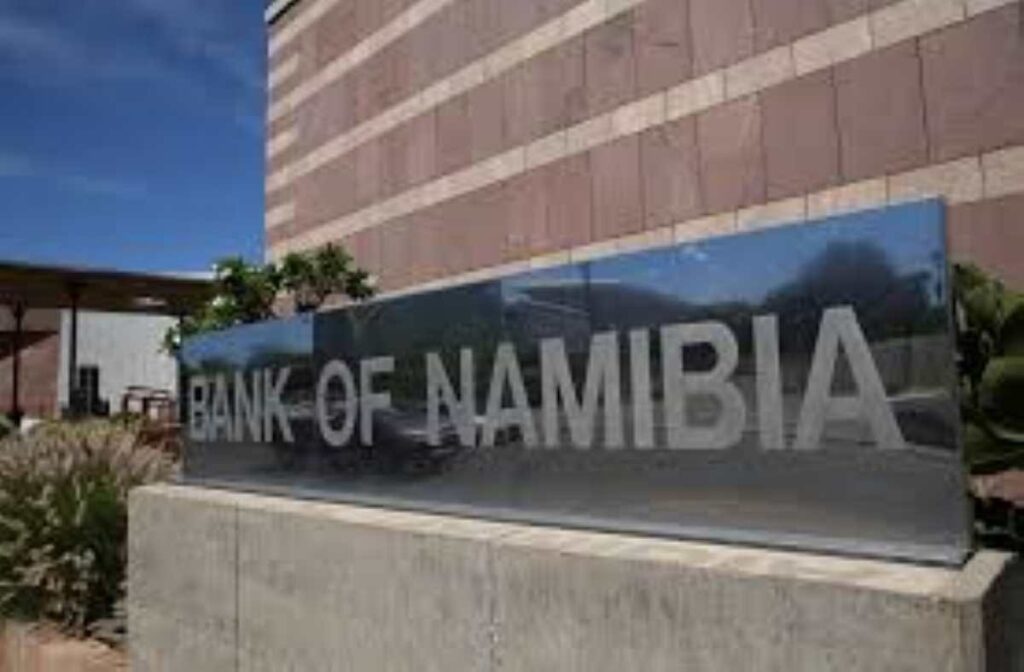At a Glance
- Namibia has fully repaid its $750 million Eurobond, ending a major external debt obligation.
- The government plans to rely on local funding sources instead of new foreign debt.
- About 85% of Namibia’s public debt is now domestically sourced, boosting local market strength.
Namibia has drawn a line under one of the biggest financial obligations in its history, repaying a $750 million Eurobond that had weighed on its public finances for nearly a decade.
The redemption marks a turning point for the southern African nation, signaling its intention to rely more on domestic markets rather than external borrowing.
Finance Minister Ericah Shafudah confirmed the full repayment this week, saying the government plans to prioritize local funding sources to meet its future financing needs.
“For now, we don’t have that one in our plan,” she said, referring to the possibility of another Eurobond issuance.
Her comments reflect a cautious tone shared by several African governments that remain wary of returning to global debt markets.
With U.S. interest rates still elevated and geopolitical tensions adding uncertainty, many emerging economies are opting for domestic solutions over dollar-denominated borrowing.

Local focus amid shifting global conditions
Namibia’s decision comes as borrowing conditions for frontier economies show tentative improvement, though investor confidence remains uneven.
Across Africa, countries are turning to local bond markets or concessional loans from multilateral institutions to avoid the exchange-rate and refinancing risks tied to foreign debt.
The International Monetary Fund has cautioned that while local borrowing reduces exposure to currency shocks, it can strain domestic banks if government debt levels rise too high.
Even so, analysts say Namibia’s approach could strengthen local financial institutions over time.
Repayment strategy and market implications
The Eurobond, issued in 2015, was the largest in Namibia’s history.
The government financed its redemption through a mix of domestic resources — including $444 million from a central bank–managed sinking fund and $306 million raised from local lenders such as Standard Bank Namibia, First National Bank Namibia, and Bank Windhoek, in partnership with Absa Group.

Shafudah said the strategy eased repayment pressure while boosting the depth of the local capital market.
“Borrowing locally supports economic growth and enhances the capabilities of our domestic financial institutions,” she said.
Today, about 85 percent of Namibia’s public debt is sourced domestically, with the remaining 15 percent external — most of it denominated in South Africa’s rand.
The shift underscores the government’s growing preference for homegrown financing as it works to stabilize debt levels and preserve investor confidence.





